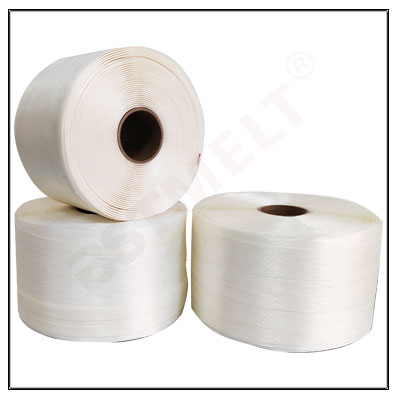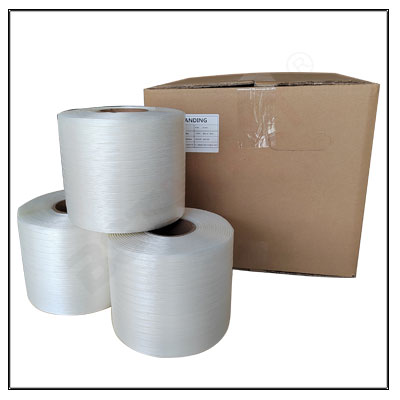INFORMATION
Baling Tape: A Guide to Selection and Use
Introduction:
Baling tape is an essential tool in the packaging industry, used to secure and bundle various materials. However, choosing the right material, size, and knowing the correct usage techniques are crucial for optimal performance. This guide aims to provide a comprehensive overview of baling tape selection and usage, including tips for material and size selection, proper usage methods, and solutions to common issues.


Material and Size Selection:
1.1 Material: Baling tape is available in various materials such as polyester, polypropylene, and steel. Consider the nature of the materials being bundled and their weight when selecting the appropriate material. Polyester offers high tensile strength, while polypropylene is cost-effective, and steel provides excellent durability.
1.2 Size: The width and thickness of the baling tape should be chosen based on the weight and size of the materials being bundled. Thicker tapes with greater width are suitable for heavier loads, while lighter loads can be secured with thinner tapes.
Proper Usage Methods:
2.1 Preparation: Ensure that the baling machine is in good working condition and the area is clear of any obstructions. Check for any irregularities in the baling tape, such as cuts or tears, before usage.
2.2 Tensioning: Proper tensioning is crucial for effective bundling. Use a tensioning tool to apply the right amount of tension to the baling tape, ensuring it remains taut and secure without damaging the bundled materials.
2.3 Sealing: After tensioning, secure the baling tape using an appropriate sealing method. Common sealing methods include heat sealing, metal buckles, or wire seals. Choose the sealing method that best suits the material and application.
2.4 Cutting: To avoid injury, always use a proper cutting tool to trim excess baling tape. Avoid using sharp objects such as knives or scissors that may cause accidents.
Common Issues and Solutions:
3.1 Tape Breakage: If the baling tape frequently breaks during usage, consider switching to a higher tensile strength material or thicker tape. Additionally, check if the tensioning process is too tight, causing excessive strain on the tape.
3.2 Slippage: In cases where the baling tape slips or loosens after bundling, ensure that the tensioning process is properly executed. Adjust the tension accordingly to prevent slippage.
3.3 Environmental Considerations: For outdoor storage or transportation, choose baling tape that is resistant to UV radiation and extreme weather conditions. This will ensure the tape’s longevity and performance.
Conclusion:
Selecting the right baling tape material and size, understanding proper usage techniques, and addressing common issues are essential for successful bundling operations. By following this guide, you can ensure the efficient and secure bundling of materials using baling tape. Remember to assess the specific requirements of your application and consult with experts if needed to make informed decisions.

BSTSTRAP
Address:No.30 building, Wuxing High-tech Venture Park
Huzhou City, Zhejiang Province,China
Whatsapp:+86 13655829149
Monday to Saturday 9 am to 5 pm
E-mail:Rose@bststrap.com
Send us your enquiry anytime
HomeNewsProductsSolutionDisclaimersPrivacyCooperationContact BSTSTRAP
Copyright © All rights reserved